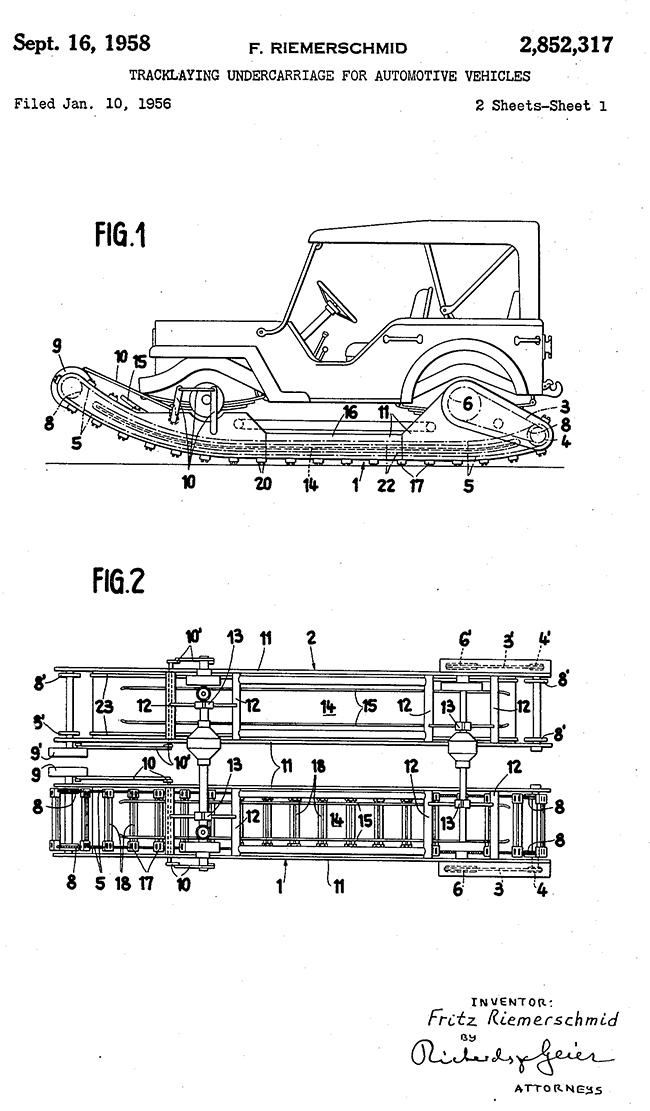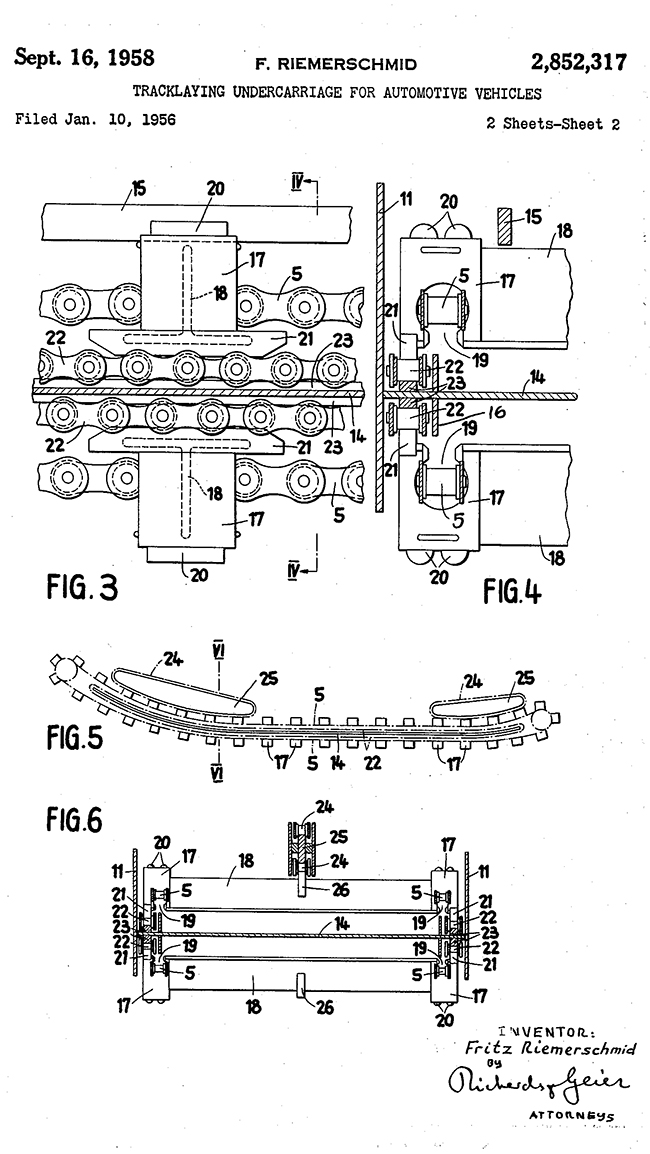UPDATE: In 2019 I posted a patent filed in September 28, 1946, for a “body attachment”. Yesterday, on an unrelated search, I discovered the names of the same parties, under a different lawyer, related to a patent filed a month earlier (August 12, 1946) for a “body extension” for a jeep. The second patent is more detailed (seen at bottom) than the early one. Both were approved on the same date: June 5, 1951. See most of the body extensions produced over the years in this post.
Filed August 12, 1946:
Attorney Roy Whittington assigned half this patent to William Isler and half, jointly, to Julius Negin and Ludwig Gaspar, the two who also filed the patent at bottom. The whys are likely lost to history.

PATENT DESCRIPTION: June 5, 1951 R. D. WHITTINGTON BODY EXTENSION FOR MOTOR VEHICLES Filed Aug. 12, 1946 A TTORNEY.
Patented June 5, 1951 BODY EXTENSION FOR MOTOR VEHICLES Roy D. Whittington, Belton, M0., assignor of onehalf to William Isler and one-half to Julius A. -Negin and Ludwig J. Gaspar, J r., jointly, all of Cleveland, Ohio Application August 12, 1946, Serial No. 690,019 3 Claims. (01. 296-28) The present invention relates to vehicle-construction, and particularly to commercial vehicles such as trucks and the like, and aims to provide a practical form of extension for the body portion of such vehicles.
The invention has special reference tothe commercial type of motor vehicles such as have been known generally as jeeps in the army service, and which has a body of limited proportions and some forms of which have .an endgate at the rear end of the body. 7
Accordingly an object of the invention is to provide an extension of the body structure of this type of vehiclein the form of an accessory unit which is adapted to be mounted in the manner of a replacement for the endgate of the .vehiclebody and to receive said engate as a supplemental attachment serving the endgate function for said accessory unit….
Patent filed September 28, 1946:
I can only guess that this design was used by Newgren, as I *think* it was the only firm that built a collapsable body extension. The only thing is that Newgren had double supports, while the patent only shows a single support underneath.


PATENT DESCRIPTION: ATTORNEY Patented June 5, 1951 BODY ATTACHMENT FOR JEEPS Julius A. Negin, East Cleveland, and Ludwig J.
Gaspar, Jr., Cleveland, Ohio, assignors of onehalf to William Isler, Cleveland, Ohio Application September 28, 1946, Serial No. 700,006
11 Claims. 1
This invention relates, as indicated, to body attachments for vehicles of the type known as Jeeps.
As is well known, this type of vehicle, which was developed and extensively used during World War II, is coming into general usage for commercial purposes, but its use for such purposes is somewhat limited on account of its body shape and dimensions.
Another factor which has inhibited the use of this type of vehicle for commercial purposes is the fact that the spare tire or spare wheel of the vehicle is conventionally carried at the side of and adjacent the rear end of the body of the vehicle, in which position, it is so remote from the plane defined by the wheels of the vehicle as to constitute a hazard, particularly when attempting to park the vehicle in city streets.
The present invention has as its primary object the provision of an attachment or extension for the body of a vehicle of this type, which attachment or extension materially increases the carrying capacity of the vehicle. Continue reading →
[fb_button]







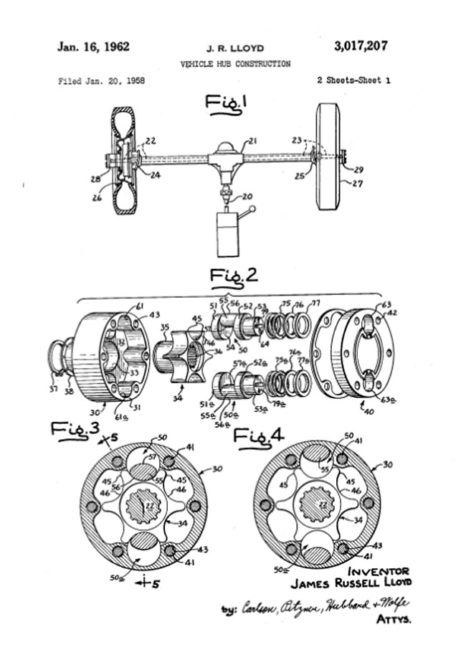
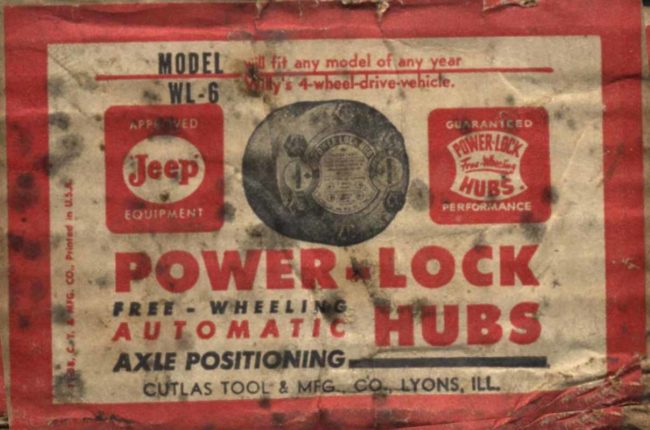









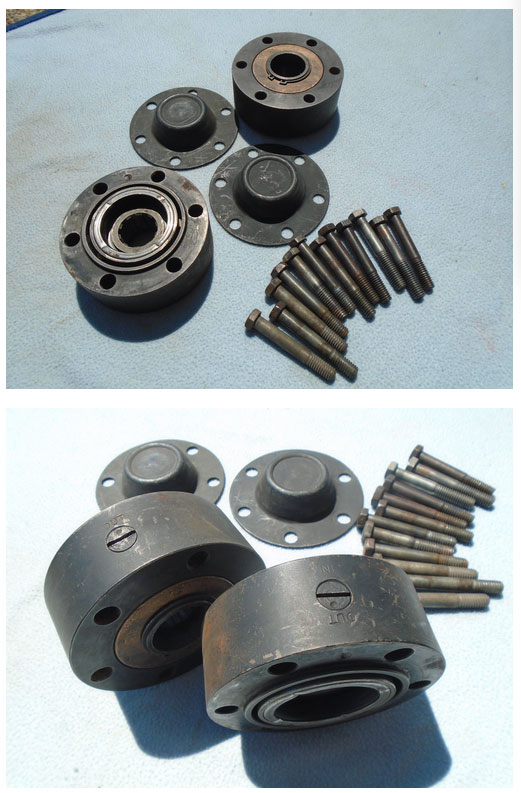


 This suggests that Bingham had some time of relationship with Thor, but his exact connection to Thor isn’t known at this time (my guess is that it was a subsidiary or sister company of White).
This suggests that Bingham had some time of relationship with Thor, but his exact connection to Thor isn’t known at this time (my guess is that it was a subsidiary or sister company of White).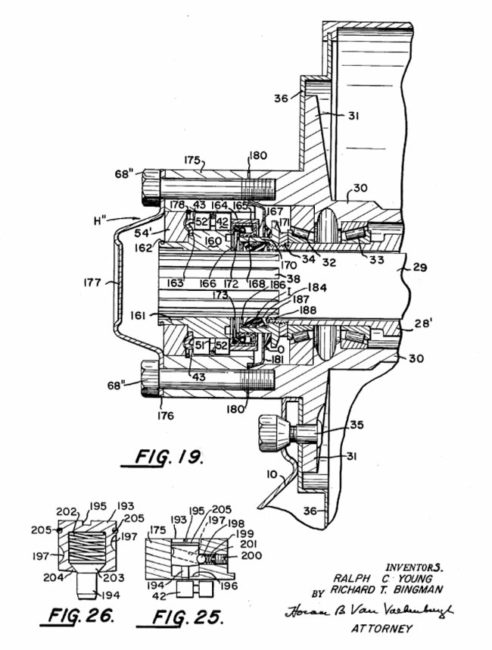










 Beck sold his hardtop company to Hubert A. Kelly, in the 1950s but Beck and Kelly remained in contact. The date of the sale, thought once to be 1951, is less clear after this document hit eBay in 2014. It indicates Beck was still selling hardtops in 1954.
Beck sold his hardtop company to Hubert A. Kelly, in the 1950s but Beck and Kelly remained in contact. The date of the sale, thought once to be 1951, is less clear after this document hit eBay in 2014. It indicates Beck was still selling hardtops in 1954.


